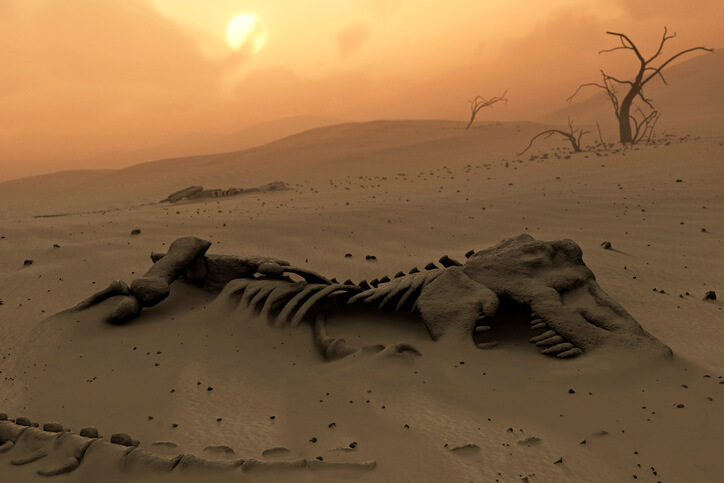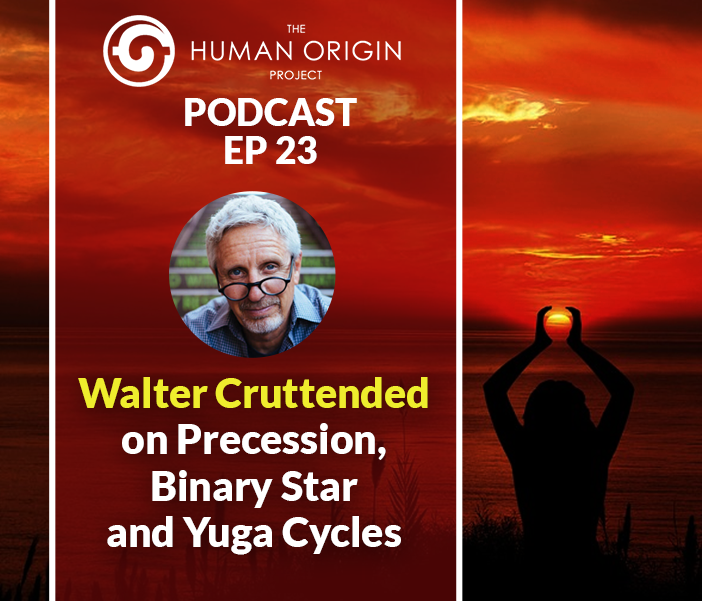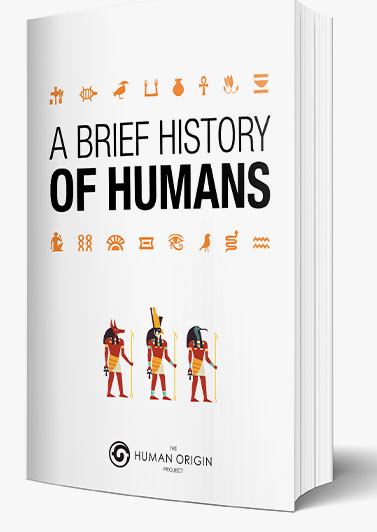Planet Earth has experienced as many as five known ice ages throughout its past, and we are actually in the midst of an ice age as we speak! It’s hard to believe, as most of the world doesn’t seem all that cold, however there are around 6 million cubic miles of ice currently frozen across the planet.
What is an Ice Age?
Generally speaking, ice ages are periods of time when the Polar Regions are covered in ice and continental glaciers are present. During these times, global temperatures drop and glaciers around the planet expand.
The expansion happens in cycles, with temperatures dropping enough to prevent snowfall from melting fully, which then turns to ice, and the process continues each subsequent snowfall. Ice ages can last thousands or even millions of years, and sometimes bring with them extremely harsh climatic conditions.
What are Glacial and Interglacial Periods?
-
Interglacial Periods
Within ice ages there are intervals of warming and cooling periods known as glacial and interglacial periods. The warming episodes are known as interglacial periods, characterized by warmer temperatures and contracting ice sheets. Our most recent substantial interglacial period began 11,600 years ago at the end of the Younger Dryas.
-
Glacial Periods
On the other hand, glacial periods correspond with cooler temperatures and a general expansion of glaciers and ice sheets worldwide. The last large glacial period on earth peaked around 18,000 years ago, in which time there was an ice sheet covering all of Canada and the Northern United States, as well as Siberia, the UK and Western Europe.
It is now known that between 1450 and 1850 AD the earth dipped into what is known as ‘the little ice age’, which was actually a brief glacial period. This is known historically as the Dark Ages, and had profound implications for life on earth.
When did the last ice age begin and end?
The Pleistocene Era is typically defined as the time period that began about 2.6 million years ago and lasted until about 11,700 years ago.
What happened to sea levels during the last ice age?
During an ice age, huge changes in the Earth’s surface occur. As glaciers expand they erode hills and mountains, as well as carrying huge amounts of sediment and boulders, almost like a bulldozer destroying everything in its path, resulting in the total reshaping of entire landscapes.
Ice ages also bring with them lower sea levels, as the ice accumulating is drawn from the water in the atmosphere which is sourced from lakes, rivers and oceans. As this occurs, massive expanses of new land are exposed, changing the appearance of areas dramatically. Imagine waking up one day to find a flowing river near your house had become an inland lake!
As ice accumulates during an ice age it is unbelievably heavy, this can cause isotactic depression in the Earth’s crust; literally the squashing of the Earth’s crust in a way similar to sitting on a cushion.
As this is happening, land on other parts of the crust are pushed up, meaning new islands can rise from the sea or land already exposed will grow upwards. As the ice melts this process is reversed, as it does when you get off the cushion, slowly expanding to its original, natural position.
What are the five ice ages?
The Earth has experienced as many as five great ice ages in its past.
- The earliest recorded ice age is known as the Huronian, spanning from 2.4-2.1 billion years ago.
- Cryogenian (850-625 million years ago),
- Andean-Saharan (460-430 million years ago)
- Karoo, which began 360 million years ago and lasted for 100 million years.
- The Quaternary, which we are still in the midst of, began 2.6 million years ago.
What Triggers These Earth Periods?
There are several theories on what contributes to the onset of ice ages, as well as interglacial and glacial periods, with no consensus amongst scientists as to the main cause.
It is thought to be a highly complex equation with lots of moving parts: volcanic activity, sea currents, cosmic impacts, solar radiation, greenhouse gas emissions, and human interference are all thought to be pieces in the puzzle.
-
Solar Cycles
The amount of solar radiation the earth receives from the sun is the main driver for global temperature, and this change in cycles depends on our solar system’s position in the galaxy. These cycles, known as ‘Milankovitch Cycles,’ were first discovered by the Serbian mathematician and astronomer Milutin Milankovitch, who concluded there are three main factors that influence Earth’s climate; eccentricity; precession of the equinoxes; and axial tilt.
-
Earth’s orbit
The Earth’s revolution around the sun varies slightly from a circular orbit to a slightly elliptical one in a cycle that lasts around 100,000 years. When eccentricity is high, a more elliptical orbit is underway. This leads to a greater length of time between autumnal and vernal equinoxes in each hemisphere.
It is at this time that seasonal temperatures fluctuate by around 20-30%. When eccentricity is low and our orbit is relatively circular, Earth is closer to the sun. This means that seasonal temperatures don’t fluctuate as much and things are more predictable as the Earth receives a relatively constant amount of solar radiation throughout the year.
-
Axial Tilt
The Earth doesn’t spin perfectly upright on its axis, it does so on a slight tilt. Over a 41,000 year cycle, this moves from 22.1 to 24.5 degrees. Depending on the axial tilt relative to the orbital plane, Earth will experience different temperatures and seasonal variations. The larger the tilt, the larger the variations will be, and vice versa. It is now thought that a smaller axial tilt results in milder winters and cooler summers, implying that glaciations are more prominent during these times.
-
Precession of the Equinoxes
Along with eccentricity and axial tilt, the precession of the equinoxes is another factor in the Milankovitch Cycle. This is because the Earth has a slight bulge in the equator; it wobbles like a spinning top.
Because this bulge is on a different plane to Earth’s orbit around the sun, gravity from other bodies in space affect the Earth in such a way that it adopts this wobble. A full precessional cycle takes around 25,920 years to complete.
Conclusion
Ice ages have shaped earth periods throughout the history of our planet. What causes them isn’t exactly understood as yet.
As all of these cycles play out, complex climatic effects are felt on Earth. Each individual aspect can alter the amount of solar radiation the Earth receives. Yet as the combination of tilt, eccentricity, and precession play out together, the earth can be affected in very complex and complicated ways.
Now it’s up to you, how do you think ice ages, and interglacial periods shape life on earth and human history?


 Today we are in an earth period still technically classed as an ice age.
Today we are in an earth period still technically classed as an ice age.
























